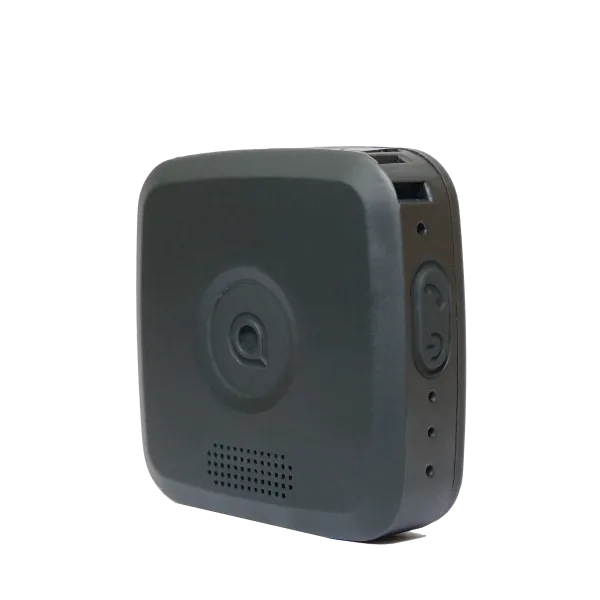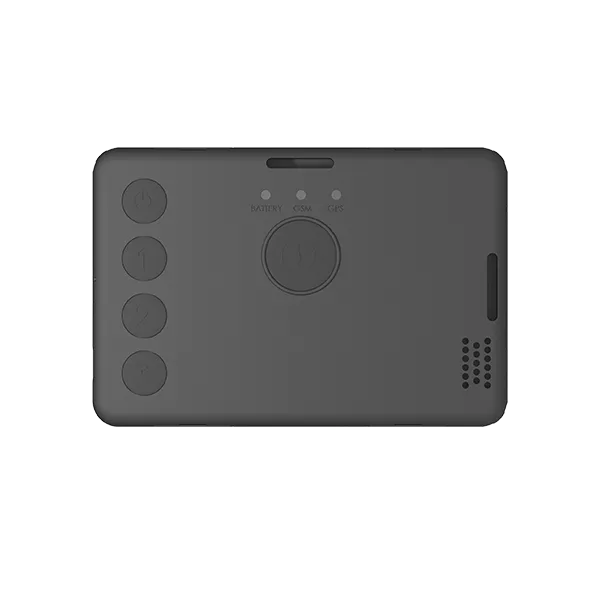GPS Tracking for Lone Workers: Improve Safety & Business Efficiency
With more employees working remotely or on the move, GPS tracking solutions are a smart investment. Whether you're looking to improve lone worker safety, reduce operational risk, or track real-time location data, GPS tracking provides both employee protection and business performance gains.
Why GPS Tracking Is Essential for Lone Worker Safety and Business Operations
From real-time location tracking to faster emergency response, GPS tracking offers powerful safety and performance benefits. Learn how the right tools can improve your company’s operational efficiency, meet legal responsibilities, and keep your workers safer.
In today's dynamic business landscape, where the workforce is increasingly mobile, businesses with lone, remote, or mobile workers face unique challenges. Ensuring the safety and well-being of employees while optimising operational efficiency is paramount. This is where GPS tracking for business comes into play, offering a comprehensive solution to address both safety concerns and operational needs.
How GPS Tracking Improves Lone Worker Safety and Emergency Response
GPS tracking solutions can contribute to the safety and well-being of lone, remote or mobile workers:
- Emergency Response:
One of the most significant benefits of GPS tracking for businesses is its potential to enhance lone worker safety during emergencies. In the event of an accident or health-related incident, the tracking system can pinpoint the exact location of the employee, allowing for swift and targeted emergency response.
This removes the need for the lone worker to explain over the phone to the emergency services where they should send help.
Lone workers can either use dedicated lone worker devices or mobile applications with both a panic button (Red Alert) and a man-down alarm (which is particularly useful for people in high-risk roles or those with health conditions). - Confirm Lone Workers Are Home Safely Using GPS Technology:
You can also use GPS tracking to know when your colleagues have made it home safely at the end of their working day or shift. This can remove the need for your workers to call their manager, buddy or central number to confirm and provides peace of mind for all involved. This feature can reduce admin time for customer service teams, simplify end-of-shift check-ins, and add reassurance for both the employee and their employer.
A lone worker GPS tracker equipped with panic buttons, man-down alerts, and location tracking enables fast, targeted help — fulfilling your duty of care obligations.
Learn more about our GPS tracking devices for lone workers.
Business Benefits of GPS Tracking: Efficiency, Fleet Management & Workforce Allocation
Aside from the safety benefits, there are several operational benefits too:
1. Track Tasks and Deliveries in Real Time With GPS:
GPS tracking enables businesses to monitor the real-time progress of tasks such as deliveries, service calls, or sales visits. This ensures that operations are running smoothly and allows for timely adjustments when necessary. With real-time GPS tracking, managers can monitor tasks in motion, adjust routes, and improve service accuracy.
2. Smarter Workforce Dispatch with GPS Location Data:
Tracking systems allow businesses to identify the location of each worker, enabling the dispatch of the closest employee to a particular incident or service call. This not only improves response times but also optimises workforce allocation for maximum efficiency. This is especially useful for companies with remote engineers, mobile service teams, or field sales staff.
3. Improve Fleet Management with GPS Tracking Software:
For businesses with a fleet of vehicles (such as transport and logistics), GPS tracking can provide valuable insights into vehicle location and expected fuel consumption. This proactive approach to fleet management helps reduce downtime and operational costs. GPS tracking helps reduce fuel costs, manage delivery windows, and support driver accountability.
Using GPS data for delivery tracking, mobile workforce dispatch, and fleet efficiency helps businesses gain better insight and control.
Take a look at SoloProtect's Latest Location feature which is available with all lone worker safety devices and apps (depending on the package you choose).
How a GPS Tracker Helped Recover a Stolen Van
A SoloProtect lone worker safety device was once used to recover a stolen van. The device was inside the vehicle when the van was stolen, so GPS tracking was used to locate it. The police then promptly returned the van to the device user completely unscathed!
This real-world example shows how GPS tracking equipment supports not just safety, but asset protection too.
GPS Tracking and Compliance: Legal Duties and Cost Savings
1. Compliance with Regulations:
Using GPS tracking devices for lone workers helps businesses stay compliant with legal regulations governing employee safety. This proactive approach not only avoids potential legal issues but also fosters a positive and responsible corporate image.
Read more here: Why protect lone workers?
2. Cost Efficiency
- The long-term benefits of GPS tracking technology far outweigh the potential costs. Improved operational efficiency, reduced downtime, and enhanced lone worker safety contribute to overall cost savings and increased profitability.
Tracking supports health and safety compliance, especially for businesses bound by lone worker legislation or industry-specific safety standards.
Investing in GPS tracking for business is a strategic move that prioritises the safety and well-being of lone, mobile, or remote workers while simultaneously optimising operational efficiency. By selecting the best GPS tracking software and devices, businesses can create a secure and responsive environment that not only meets legal requirements but also contributes to the overall success of the organisation.
Further information
Want to protect your remote workers and improve operational control? Contact SoloProtect to explore our GPS tracking solutions for business, including lone worker safety devices, location-based alerts, and real-time tracking dashboards.
Book a free demo, request a quote, or get answers to your questions:
- Book a Lone Worker Safety Demo →
- Get a No-obligation Quote →
- Contact Us →
- Call us: 0114 399 6000
Your message has been received and we will be in touch shortly.










.webp)
.webp)









